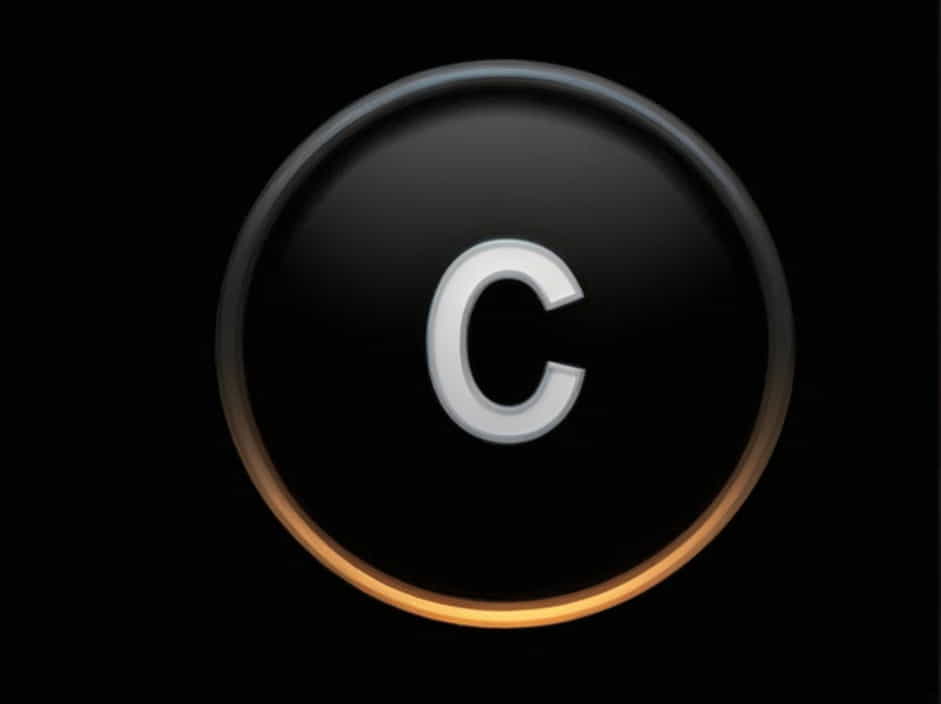Quantum numbers describe the position and behavior of electrons within an atom. Each electron in an atom has a unique set of four quantum numbers that define its energy level, shape, orientation, and spin. These quantum numbers are:
- Principal Quantum Number (n) – Defines the main energy level or shell.
- Azimuthal Quantum Number (l) – Determines the shape of the orbital.
- Magnetic Quantum Number (mₗ) – Specifies the orientation of the orbital in space.
- Spin Quantum Number (mₛ) – Indicates the direction of the electron’s spin.
Understanding these quantum numbers helps us predict electron configurations and chemical properties of elements like chromium.
Electron Configuration of Chromium (Cr)
Chromium (Cr) has an atomic number of 24, meaning it has 24 electrons. Its electron configuration is:
Why Does Chromium Have an Unusual Electron Configuration?
According to the expected Aufbau principle, the electron configuration of chromium should be:
However, chromium prefers a half-filled d-subshell because it is more stable. Therefore, one electron from the 4s orbital moves to the 3d orbital, resulting in:
This exceptional configuration makes chromium unique among transition metals.
Quantum Numbers for the Last Electron in Chromium
The last electron in chromium is located in the 3d subshell. Let’s determine its quantum numbers.
1. Principal Quantum Number (n)
The principal quantum number (n) represents the energy level of the electron.
- The last electron in chromium is in the 3d orbital, so n = 3.
2. Azimuthal Quantum Number (l)
The azimuthal quantum number (l) defines the shape of the orbital.
- For a d orbital, l = 2.
3. Magnetic Quantum Number (mₗ)
The magnetic quantum number (mₗ) specifies the orientation of the electron’s orbital in space.
-
A d subshell (l = 2) has five possible mₗ values:
mₗ = -2, -1, 0, +1, +2 -
Since chromium’s 3d subshell is half-filled, the last electron occupies an empty d orbital, which can have mₗ = +2 (or any other available value).
4. Spin Quantum Number (mₛ)
The spin quantum number (mₛ) determines the direction of electron spin.
- In a half-filled d subshell, electrons prefer parallel spins for maximum stability.
- The last electron in chromium is unpaired, so it has mₛ = +½.
Summary of Quantum Numbers for Chromium’s Last Electron
| Quantum Number | Symbol | Value | Meaning |
|---|---|---|---|
| Principal | n | 3 | Electron is in the third energy level |
| Azimuthal | l | 2 | Electron is in a d orbital |
| Magnetic | mₗ | +2 | Electron is in one of the five d orbitals |
| Spin | mₛ | +½ | Electron has an upward spin |
Why Is Chromium’s Electron Configuration Important?
The half-filled d subshell in chromium gives it unique chemical and physical properties:
- High Stability – Half-filled orbitals are energetically favorable due to exchange energy stabilization.
- Magnetic Properties – Chromium shows paramagnetism because of its unpaired electrons.
- Reactivity in Compounds – The electron configuration affects oxidation states in compounds like Cr²⁺, Cr³⁺, and Cr⁶⁺.
Comparison with Other Transition Metals
Chromium vs. Molybdenum and Tungsten
-
Molybdenum (Mo, Z = 42) and Tungsten (W, Z = 74) have similar electron configurations:
[Kr] 5s^1 4d^5 quad text{(Molybdenum)}[Xe] 6s^1 5d^5 quad text{(Tungsten)} -
Like chromium, they also prefer half-filled d orbitals.
Applications of Chromium in Chemistry and Industry
- Stainless Steel Production – Chromium is used in stainless steel to prevent rusting.
- Pigments and Dyes – Chromium compounds are used in paints and ceramics.
- Catalysts – Used in industrial reactions like polymerization.
- Biological Role – Chromium is essential for glucose metabolism in small amounts.
The last electron of chromium is located in the 3d orbital with the following quantum numbers:
- n = 3 (energy level)
- l = 2 (d orbital)
- mₗ = +2 (orbital orientation)
- mₛ = +½ (spin direction)
These quantum numbers explain chromium’s unique electron configuration, stability, and chemical behavior. The half-filled d subshell makes chromium an important transition metal with diverse applications in industry, chemistry, and materials science.
Powered by # ChatGPT Conversation
User: angga angga ([email protected])
Created: 7/3/2025, 13.29.07
Updated: 7/3/2025, 14.21.20
Exported: 13/3/2025, 15.57.24
